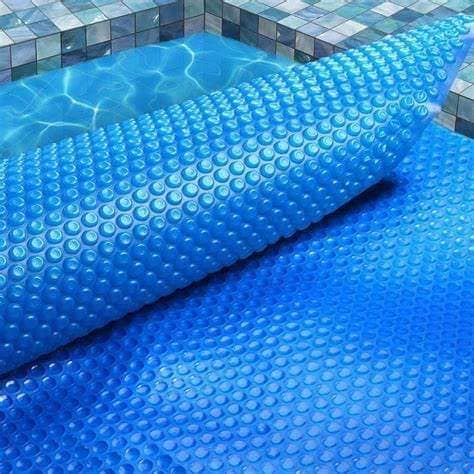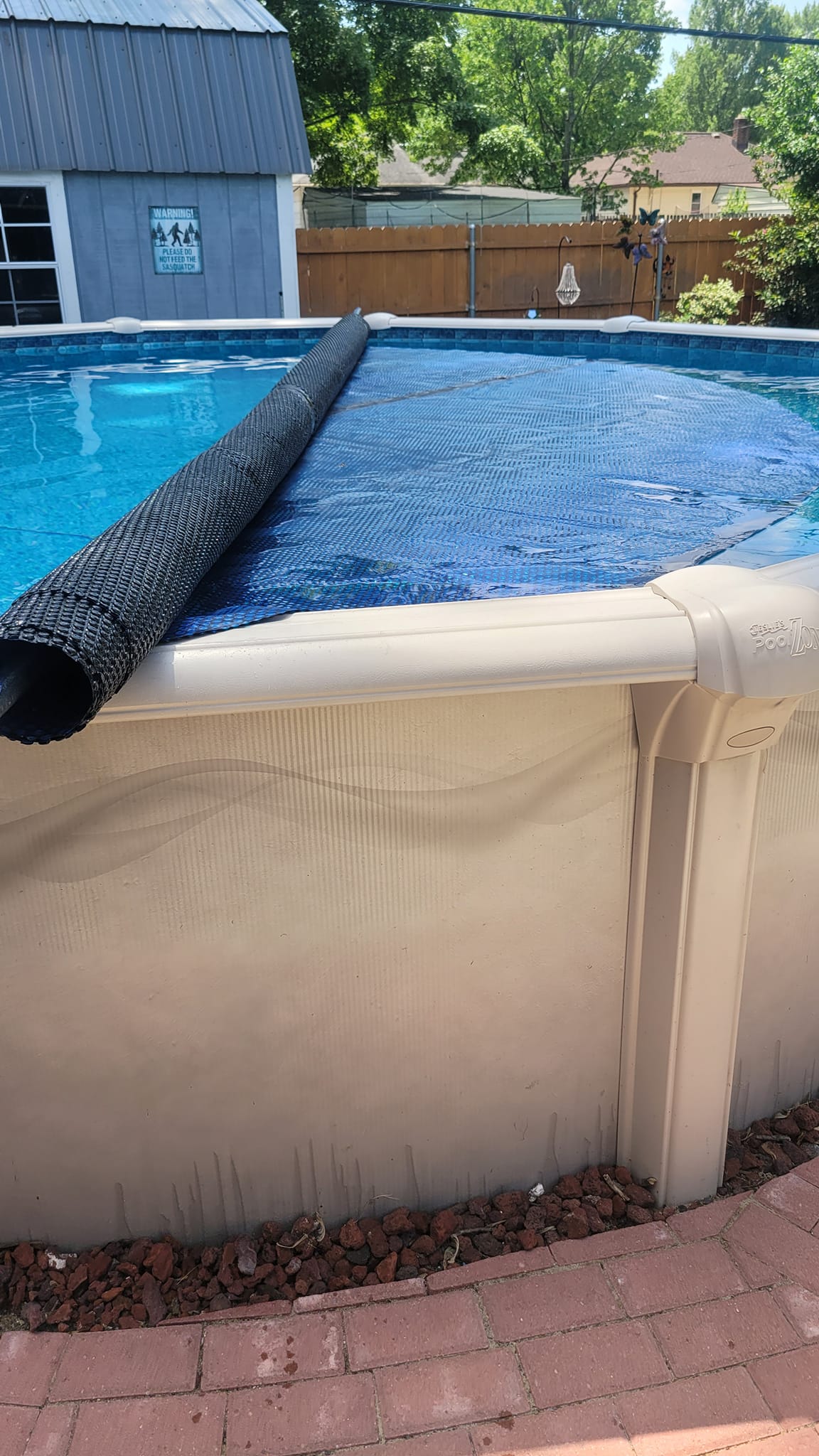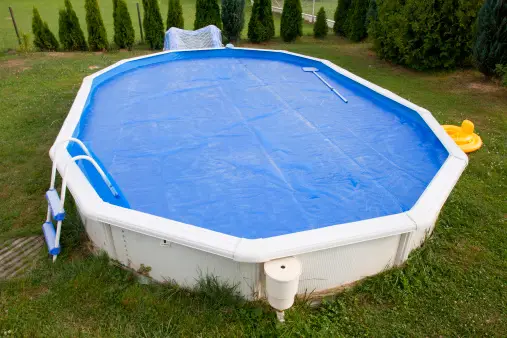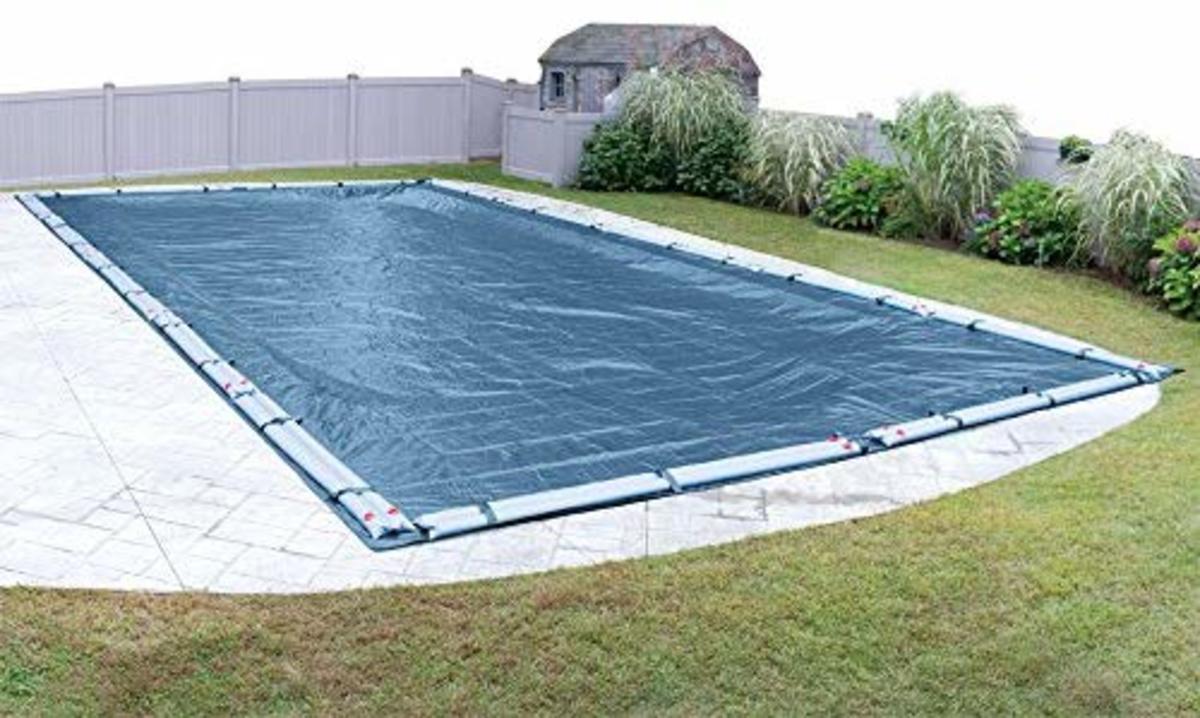It is so difficult to raise the pH without raising the alkalinity of your swimming pool. However, there is a way you can accomplish that, as you will see from this piece.
What is pH?
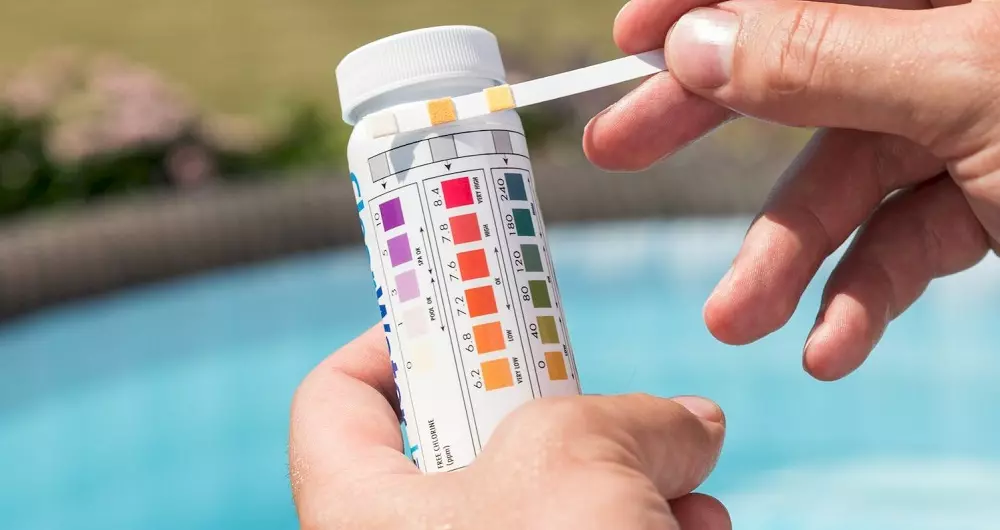
pH shows the alkalinity or acidity of your above-ground pools or in-ground pools. A pH of fewer than 7.0 means that your pool is acidic, while that of over 8.0 means it is alkaline.
pH is an important element of your pool, as chlorine can only work if the pH is between the recommended level of 7.2 to 7.6.
What is Alkalinity?
Alkalinity measures the alkaline material in your swimming pool, and that lets you know how effective the water can resist change in pH. If the alkalinity is high, the pH will be hard to change.
If it is too low, then the pH can easily bounce and make it hard to maintain or control. The recommended alkalinity level is 80 to 120 ppm.
Steps to Follow to Raise pH without Affecting Alkalinity
Here is how you can raise the pH level without affecting the alkalinity of your pool.
1. Taking pH and Alkalinity Readings
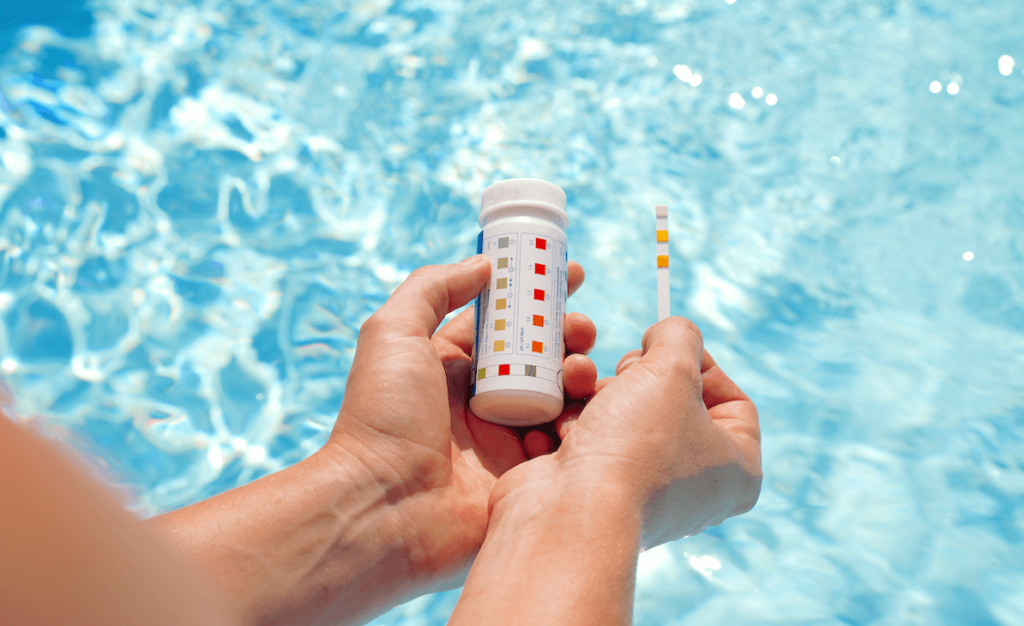
Use the best test kit to do that. Here we can assume the pH to be 8.3 while the alkalinity is 280 ppm.
Note that you can get higher or lower values.
2. Set Target Alkalinity Value
Let’s assume we set our alkalinity at 100 ppm. You should note that both the pH and TA will decrease when you add acid.
A target of 80-90 ppm is also fine, but the pH might drop below 7.0. You can use an online pool calculator to compute the amount of acid to add to achieve 100 ppm of alkalinity.
3. Dilute Acid and Add it
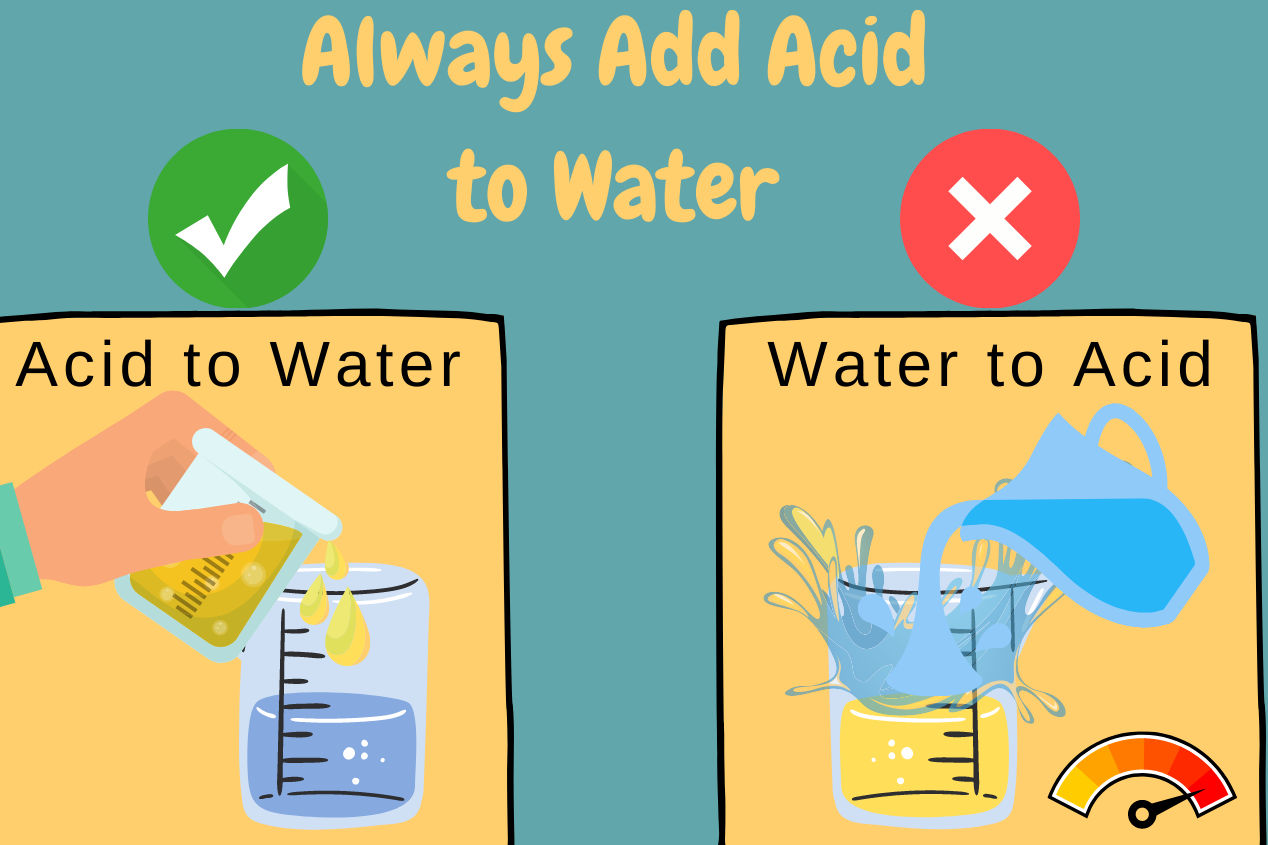
Note that we are using muriatic acid. Assume our pool holds 20K gallons of water, then we need to add 2 quarts of this acid to hit 100 ppm.
4. Test pH and Alkalinity After 6 Hours
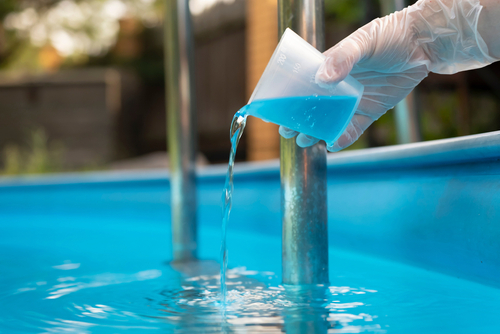
Keep an eye on the pH and alkalinity every six hours.
5. Take Reading After 24 Hours
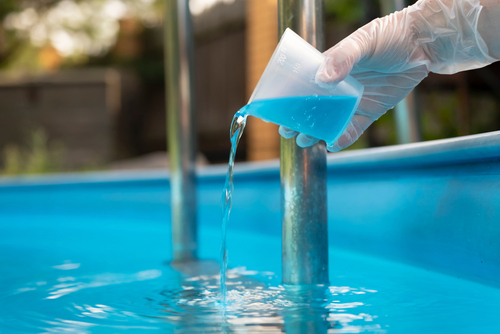
The alkalinity might hit 100 ppm within 24 hours, but the pH will be below the recommended level. You will need to raise the pH without affecting the alkalinity.
6. Use Aeration to Raise pH
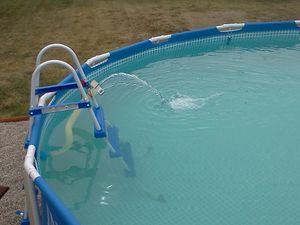
You expose the water to more oxygen when you aerate it – that removes carbonic acid and raises the pH level. You can use an air compressor to increase the rate of aeration.
Conclusion
You can raise the pH level without affecting the alkalinity using the aeration method. It is that simple and good luck doing it.
